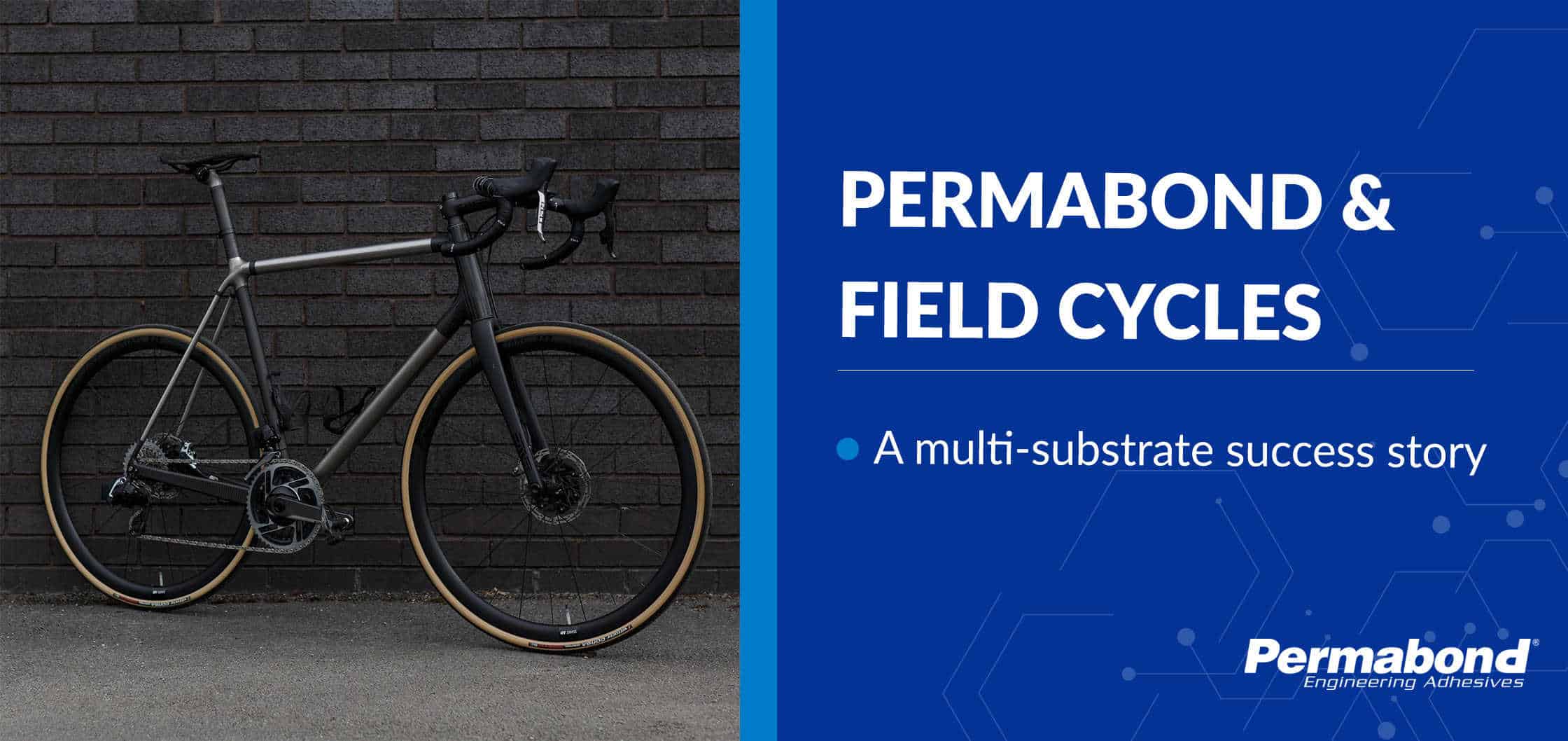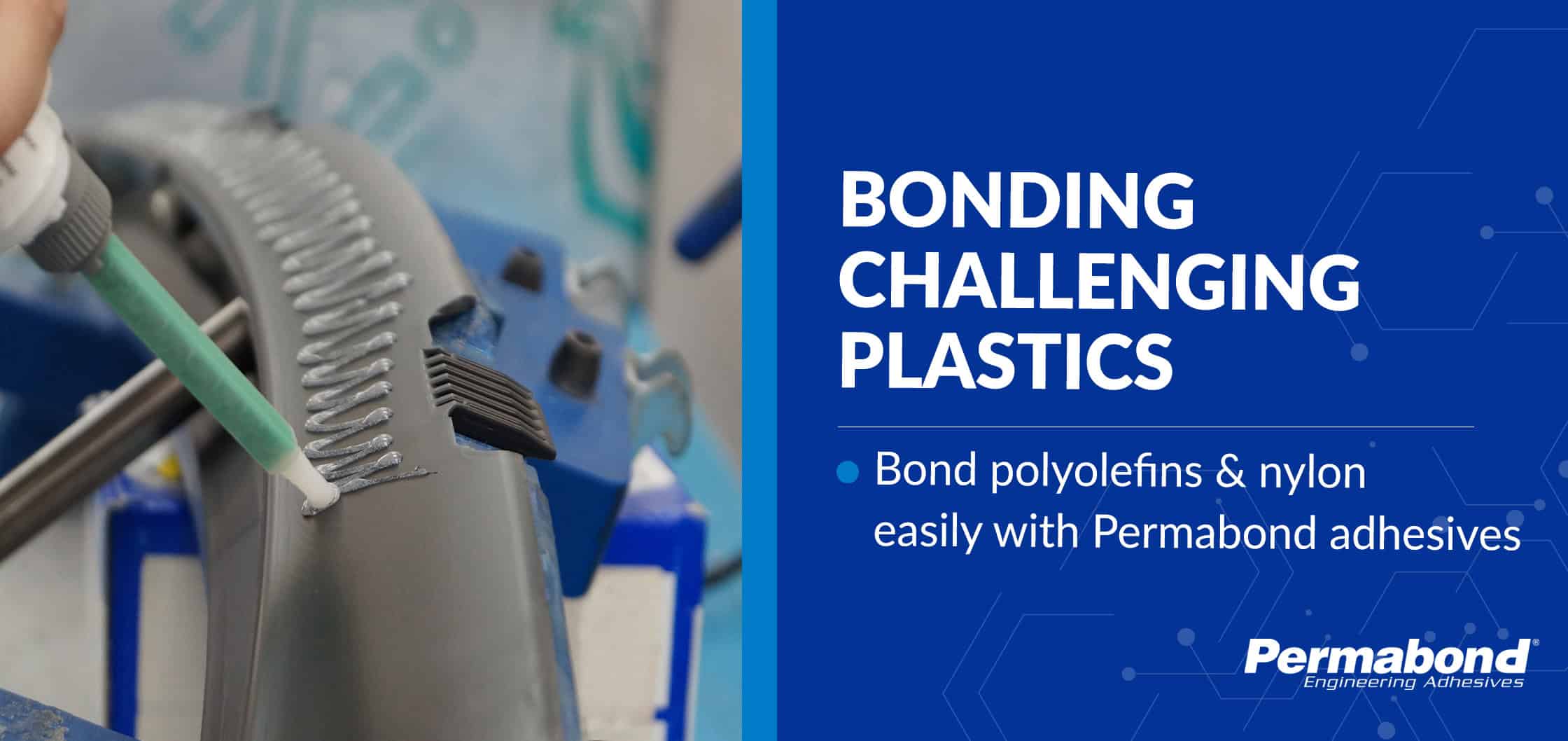Some adhesives can be directly applied from the bottle, some may require more accurate nozzles or dispensing needles, and some two part adhesives require static mixing nozzles to mix the two components together to facilitate cure. Here is a brief guide to nozzle selection by adhesive type.
Anaerobic Adhesives
 These are single part and do not need a mixing nozzle. Smaller bottles have a built in nozzle. Trim it to the preferred diameter to allow accurate dispensing. For bulk material going through dispensing equipment, use PTFE or PP dispensing tips. Metal needles will clog as the adhesive cure will be triggered inside the needle.
These are single part and do not need a mixing nozzle. Smaller bottles have a built in nozzle. Trim it to the preferred diameter to allow accurate dispensing. For bulk material going through dispensing equipment, use PTFE or PP dispensing tips. Metal needles will clog as the adhesive cure will be triggered inside the needle.
Cyanoacrylate

Again, these do not require mixing and have a basic nozzle built into the smaller bottles. Very fine “P-nozzles”, plastic tips, taper tips and metal needles available from Permabond, these fit onto the basic nozzle to provide a much smaller controlled droplet. Contact Permabond for further details / ordering information.
needles available from Permabond, these fit onto the basic nozzle to provide a much smaller controlled droplet. Contact Permabond for further details / ordering information.
Structural Acrylic Adhesives
There are several types of structural adhesive:
Single Part:
Dispense in a similar way to the anaerobic adhesives
Bead on Bead:
Trim the nozzles on both A & B bottles the same diameter to get a 1:1 ratio). If dispensing from a cartridge without a nozzle, position the cartridge so on component lays on top of the other (not side by side). Take care not to cross-contaminate the port. Otherwise, the cap may bond on, or the adhesive will cure in the port.
Resin & Initiator:
 Apply the initiator with a brush, roller or spray. The resin has a basic nozzle, trim it to the ideal diameter. Replace nozzle or purge if the adhesive has sat in them for a while between jobs. This is particularly important for MMA-based adhesives where monomer will be evaporating, and this could lead to a reduction in final strength (plus also the adhesive is thicker and harder to apply).
Apply the initiator with a brush, roller or spray. The resin has a basic nozzle, trim it to the ideal diameter. Replace nozzle or purge if the adhesive has sat in them for a while between jobs. This is particularly important for MMA-based adhesives where monomer will be evaporating, and this could lead to a reduction in final strength (plus also the adhesive is thicker and harder to apply).
Pre-mix A+B:

These require static mixing nozzles. It is important to use a nozzle that fits onto the port on the cartridge – there are several types of fitting, a simple 90° twist, or a slot in nozzle which has a threaded sleeve that is screwed onto the cartridge. The latter is more robust and is normally the choice for larger cartridges. Similar nozzles can also be affixed to larger dispensing equipment where bulk adhesive is being used.
Because structural acrylic adhesives are less sensitive to proper mixing compared with two part epoxies, you can normally get away with a slightly shorter nozzle than you would use for an epoxy. This is good because acrylics usually cure more quickly. So it is preferable not to have so much wastage in the nozzle. Both round and square (quadrant) mixers work with acrylics. Because of additional turbulence found with quadrant mixers, they tend to be more effective, again meaning a shorter nozzle can be used. It is important to follow the adhesive manufacturer’s guidelines for nozzle length / number of mixing elements to ensure adequate mixing.
Two-part polyurethanes and two part epoxies:
The instructions for these are similar to the Pre-mix A+B structural acrylics, the cartridge packaging is similar. Epoxies are more sensitive to correct mixing. So it is essential to use the minimum recommended length of nozzle / number of elements, and the quadrant square mixers do give better mixing. When using a new cartridge, make sure to align the back pistons on the cartridge or purge the first bit of adhesive as it may be resin or hardener rich. If removing the nozzle and replacing the cap, make sure to fit the cap prongs back in the right way round, or you risk cross-contamination and may not be able to get the cap off again. Or just leave the old nozzle on to store and replace when you next use the adhesive.
Single part epoxy glue and MS polymer cartridges:
These have a basic screw on nozzle – trim it to the preferred diameter. As MS-polymers are moisture cure and will react with moisture in the air. Make sure to reseal the cartridge after use (taping the top can help).
UV curable adhesives –
Trim the tip to the appropriate diameter.
Permabond stocks a wide range of tips to go with its products. If you need help and guidance, please contact us and we would be happy to help.
Categories
Let’s Discuss Your Project.
"*" indicates required fields
Products
Technical Support

Permabond will help you select the right adhesive for your application.







